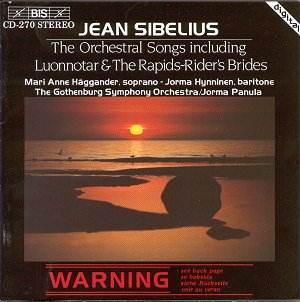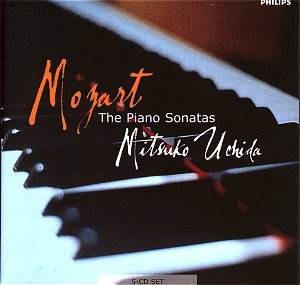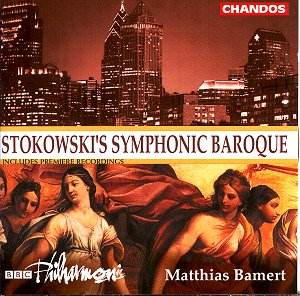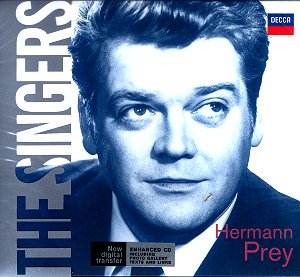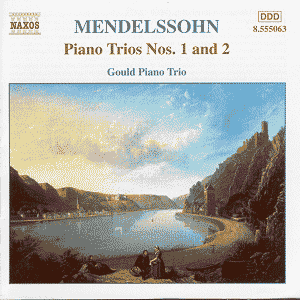 Composer: Felix Mendelssohn
Composer: Felix Mendelssohn
Works: Piano Trios Nos 1 and 2, Op. 49 and Op. 66
Performers: Gould Piano Trio – Lucy Gould (violin), Martin Storey (cello), Benjamin Frith (piano)
Recording: Potton Hall, Dunwich, Suffolk, April 2000
Label: NAXOS
Mendelssohn’s piano trios, particularly the D minor, Op. 49 and the C minor, Op. 66, represent a confluence of Romantic expressiveness and classical formality, embodying the youthful exuberance and intellectual rigor characteristic of the composer. Written in the early 1830s and later in the 1840s, these works reflect Mendelssohn’s burgeoning mastery of chamber music, showcasing intricate interplay between the piano and strings, while employing a sophisticated yet accessible harmonic language. The Gould Piano Trio, comprised of violinist Lucy Gould, cellist Martin Storey, and pianist Benjamin Frith, approaches these seminal works with a blend of youthful vigor and earnest interpretation.
The Op. 49 trio begins with a Molto allegro agitato that, while initially promising with its assertive opening gestures, reveals weaknesses in the performers’ phrasing. The Gould Piano Trio’s interpretation is marked by a somewhat fey quality in their articulation; this misstep threatens to undermine the architectural foundations of Mendelssohn’s writing. The sense of urgency and agitation inherent in the marking is, at times, rendered less convincing by their tendency towards overly flexible phrasing. This approach, while rooted in a commendable desire for expressivity, often leads to disparities in tempo that obscure the work’s structural coherence.
In the Andante con moto tranquillo, the trio’s rubato feels somewhat contrived, detracting from the natural flow of the music. Although Gould’s nuanced playing provides moments of beauty, the overall effect is marred by a lack of clarity in the dialogue between instruments. The Scherzo, meant to be spirited and light, comes across as unyielding, further emphasizing the need for a more cohesive interpretative stance. In contrast, the Op. 66 trio displays a marked improvement, with the Gould Piano Trio finding a more stable footing. The first movement unfolds with a confident assertiveness, and their adherence to a more consistent tempo allows for a more compelling narrative to emerge. The Andante expressivo is particularly effective, delivered with a simplicity that heightens the emotional impact of Mendelssohn’s lyrical lines.
The Scherzo in Op. 66 benefits from dynamic contrasts that capture the playful essence of Mendelssohn’s writing, while the Finale, although perhaps lacking in the necessary weight of string tone, is invigorated by Frith’s driving piano part. Throughout both trios, the recording captures a clear sound, although the ambient quality of Potton Hall introduces occasional extraneous noises, such as cello rasps and audible sniffing, which may distract listeners.
When juxtaposed with revered recordings such as the Stern-Rose-Istomin trio or the historic Cortot-Thibaud-Casals collaboration, the Gould Piano Trio’s interpretations emerge as a mixed bag. While there are moments of genuine insight and musicality, particularly in the later work, the overall execution occasionally falters in terms of interpretative depth and technical precision. The historical context of the pieces also underscores the challenge of living up to past recordings that have set high standards for expressiveness and cohesion.
The Gould Piano Trio offers a fresh yet uneven perspective on Mendelssohn’s piano trios, with their performance of Op. 66 standing as a testament to their potential. While the Op. 49 trio struggles with interpretative clarity and structural integrity, the ensemble’s commitment to the music shines through in moments of brilliance. The recording, with its blend of strengths and weaknesses, positions itself as a worthwhile endeavor for those seeking new interpretations, while also serving as a reminder of the enduring excellence found in earlier renditions.
